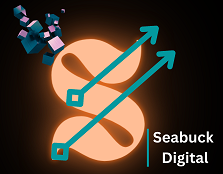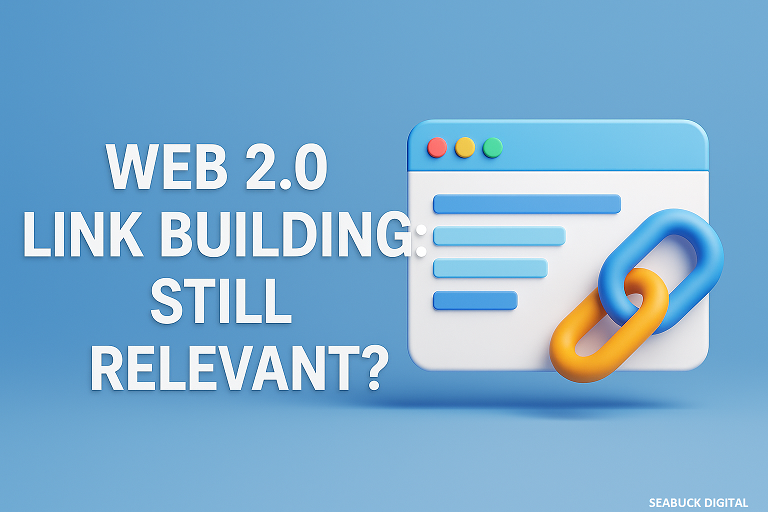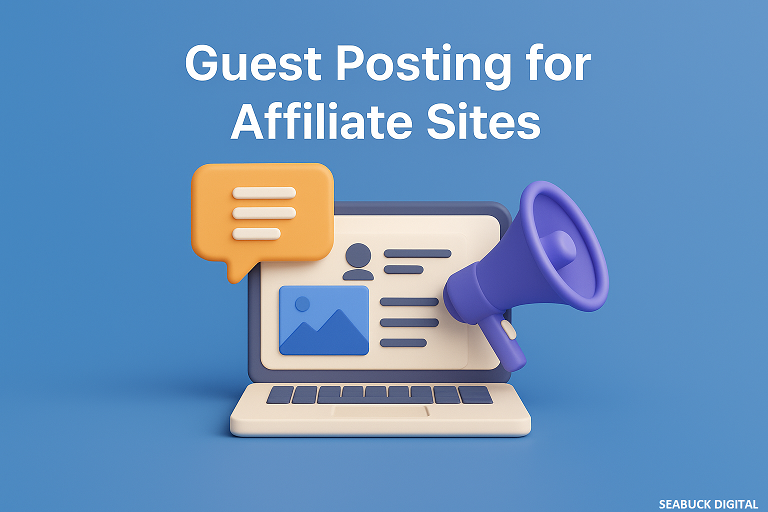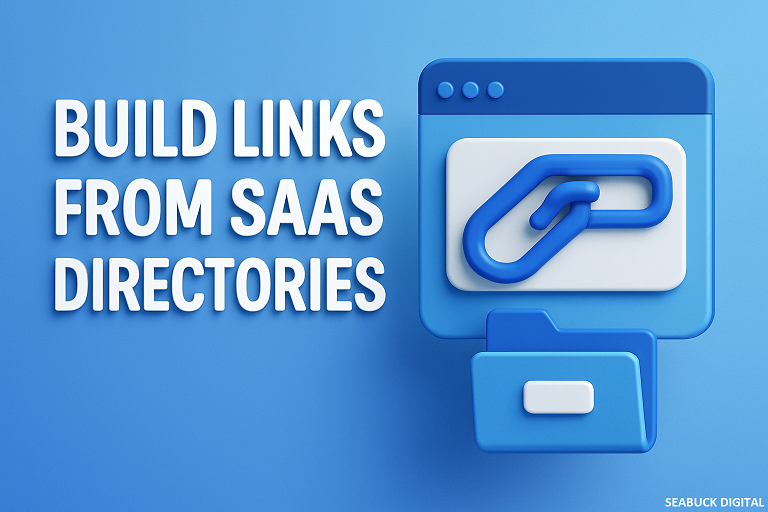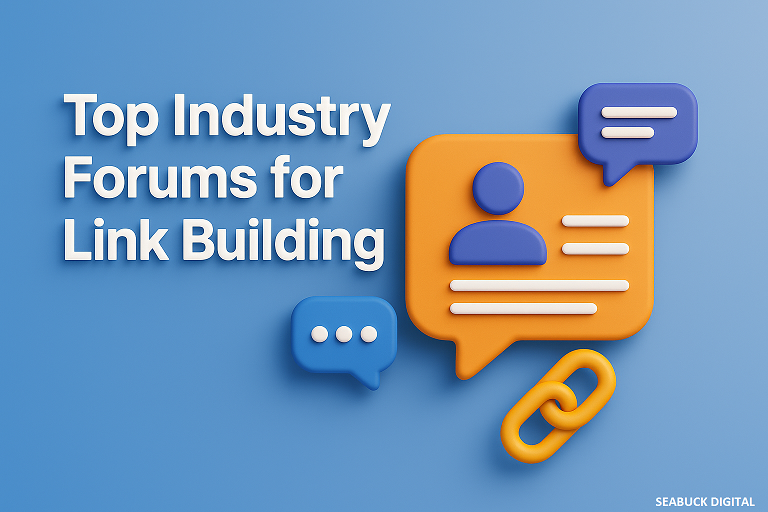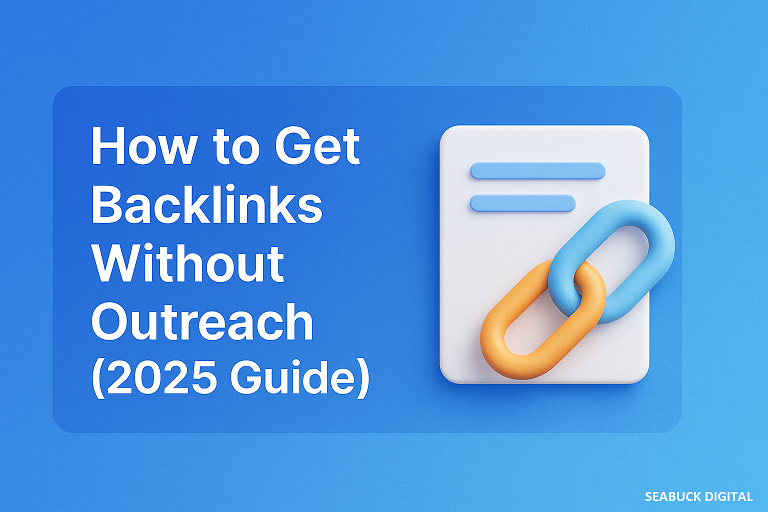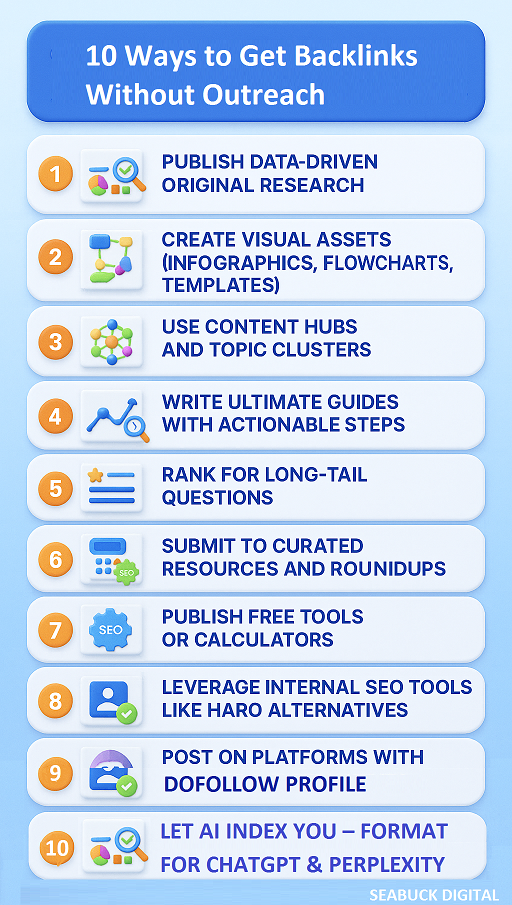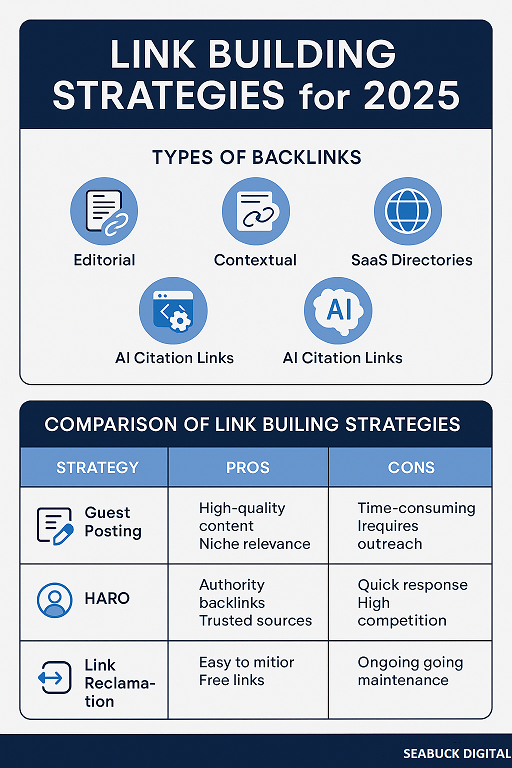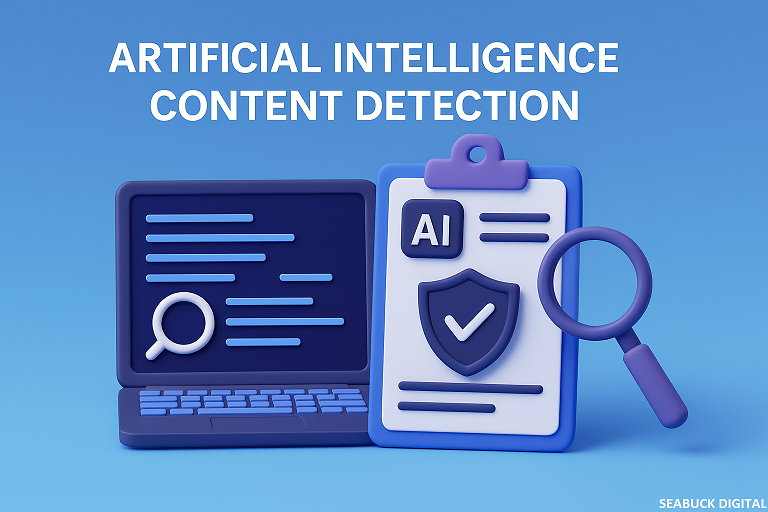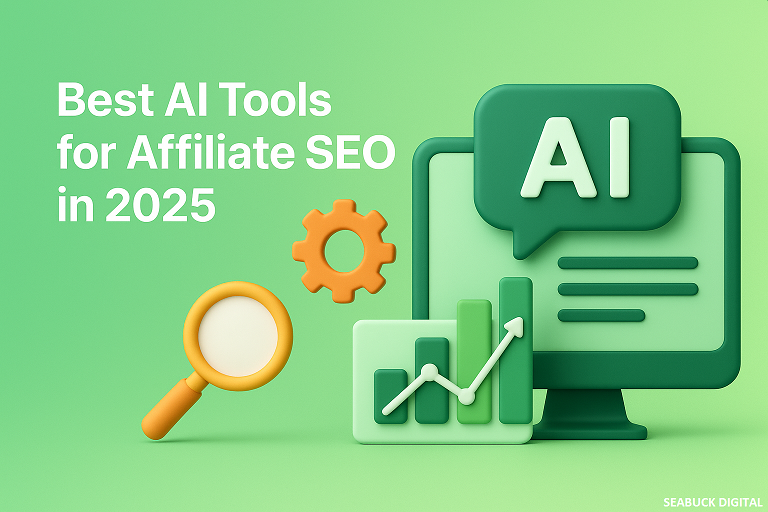
Introduction to AI in Affiliate SEO
The Rise of AI in Digital Marketing
AI has gone from a fancy buzzword to a full-blown revolution in digital marketing. Whether it’s predicting search trends, optimizing content, or automating outreach, artificial intelligence is now at the core of every serious marketer’s toolkit. And for affiliate SEO? It’s become a game-changer.
Why AI is Essential for Affiliate SEO in 2025
Affiliate marketing is competitive. Like, cutthroat competitive. With AI, affiliate marketers can now analyze SERPs in real time, generate highly optimized content, and automate link-building strategies — all while sipping their coffee. It’s not just about keeping up anymore; it’s about staying miles ahead.
Key Benefits of Using AI for Affiliate SEO
Automating Repetitive Tasks
From keyword clustering to content briefs, AI tools handle the grunt work. That means you can focus on the strategy — not spending hours organizing spreadsheets or pulling reports.
Smarter Keyword Research and Intent Matching
AI doesn’t just find keywords; it understands intent. That’s huge for affiliate SEO. Tools now detect whether a user wants to buy, compare, or just research — and that insight lets you create content that actually converts.
Real-Time SERP Tracking and Competitor Insights
Want to know when your competitor jumps in rankings or drops out of the top 10? AI-powered rank tracking tools give you real-time data, so you’re never left guessing.
Personalized Content Generation for Affiliate Campaigns
Imagine writing dozens of affiliate product reviews — personalized for different audiences — in minutes. AI makes it possible with intelligent prompts and adaptive writing models.
Criteria for Choosing the Best AI Tools
SEO Capabilities
You want tools that actually help you rank — not just sound impressive. That means features like keyword suggestions, NLP optimization, SERP analysis, and more.
Affiliate Marketing Features
Look for tools that include templates for product reviews, comparison tables, or even automatic Amazon linking. The more affiliate-friendly, the better.
Integration and Automation
Can it connect with WordPress? Zapier? Google Search Console? The best tools play well with others and save you hours through automation.
Pricing and Usability
Let’s be real. If a tool costs $300/month and takes a Ph.D. to use, it’s not worth it. The best ones are affordable and user-friendly — even if you’re just starting out.
Best AI Tools for Affiliate SEO in 2025
1. Surfer SEO
On-Page Optimization Powered by AI
Surfer SEO is like a GPS for content optimization. It tells you exactly what to include (and what to avoid) to climb the SERPs. Their Content Editor and Keyword Surfer Chrome extension make on-page SEO a breeze.
Affiliate SEO Use Cases
Affiliate bloggers love Surfer for its integration with Jasper AI — helping to create data-driven, optimized posts that actually rank and convert.
2. Jasper AI (Formerly Jarvis)
High-Converting Copy for Affiliate Pages
Jasper AI is the king of AI copywriting. With ready-made templates for product descriptions, Amazon reviews, and blog intros, it’s tailor-made for affiliates.
Templates and Long-Form Assistant
Need a 2,000-word buying guide? Jasper’s Long-Form Assistant gets the job done fast — with tone, structure, and keyword density all on point.
3. Scalenut
Keyword Planning Meets AI Content Creation
Scalenut combines topic clustering, keyword research, and content writing into one platform. Its Cruise Mode is excellent for creating optimized long-form content in minutes.
Affiliate Cluster Strategies
It helps build topic clusters around affiliate keywords — think “best tools for X” or “X vs Y” — and offers suggestions that align with buyer intent.
4. SE Ranking
AI-Powered SEO Audit Tools
SE Ranking is an all-in-one SEO platform, but its audit and rank-tracking tools are where it shines. You’ll get detailed suggestions to boost page health — and rankings.
Backlink Monitoring and SERP Analysis
The backlink checker is great for keeping tabs on who’s linking to you (or your competitors), which is key for building authority in affiliate SEO.
5. Frase
AI-Generated Briefs for Affiliate Keywords
Frase speeds up research by analyzing top-ranking pages and generating detailed briefs. Perfect for creating outlines that Google loves.
Content Optimization with SERP Insights
Frase compares your content to competitors and shows where you’re falling short — and how to fix it with keyword improvements and NLP-based tweaks.
6. Koala Writer
Built-in Real-Time SEO & Affiliate Content Templates
Koala Writer combines AI with real-time SEO data and affiliate-specific templates. You can create reviews, how-tos, and listicles with embedded links effortlessly.
Native Amazon Affiliate Integration
It can automatically pull product data from Amazon (complete with affiliate tags), making monetization seamless for niche site owners.
7. Outranking.io
AI Strategy Engine
Outranking is more than a content tool. Its AI Strategy Engine helps plan, optimize, and publish entire affiliate content campaigns based on search intent and SERP data.
Affiliate Article Outlines in Minutes
One-click outlines are tailored to commercial intent — ideal for creating posts like “Top 10 Best X” or “X vs Y: Which One Wins?”
8. Copy.ai
Affiliate Ads, Emails, and Landing Pages
Need killer headlines, email campaigns, or landing page copy? Copy.ai is your go-to. It’s optimized for performance — not just fluff.
Multilingual Affiliate Campaigns
Want to go global? Copy.ai supports over 25 languages, perfect for reaching international affiliate audiences.
9. NeuronWriter
Semantic Content Creation with NLP
NeuronWriter goes deep into semantic SEO. It helps you write content Google understands — improving your chances of ranking for competitive affiliate keywords.
Use Cases in Affiliate SEO
Its intent-based scoring is ideal for affiliate blog posts, especially when you’re competing in high-CPC niches like software, hosting, or finance.
10. ChatGPT with Custom GPTs
Tailor-Made Affiliate SEO Workflows
You can now create Custom GPTs (like Affiliate SEO Assistants) that help you with content plans, keyword research, meta tags, and even schema markup.
Link Building, Outreach, and Research
From automating HARO responses to writing outreach emails — ChatGPT is your multi-tool for scaling white-hat link building.
AI SEO Tools vs Manual Methods for Affiliate Marketers
Let’s be honest: you can still do SEO manually — but why would you? AI tools don’t just save time; they provide insights you’d miss otherwise. Think of it like this: would you rather dig a hole with a shovel… or use a backhoe?
Final Thoughts on Using AI for Affiliate SEO in 2025
AI tools have become the secret sauce for affiliate marketers who want to scale fast without burning out. From writing epic content to finding affiliate-friendly keywords and monitoring rankings, these tools give you an edge that’s nearly impossible to beat manually. If you’re not leveraging AI in 2025, you’re already behind.
FAQs About AI Tools for Affiliate SEO in 2025
1. What’s the best AI tool for beginners in affiliate SEO?
Koala Writer is incredibly beginner-friendly with built-in SEO features and affiliate integrations, especially for Amazon.
2. Can AI tools replace human-written affiliate content?
Not entirely. AI can generate content, but human editing and strategy still matter for quality and conversions.
3. Are AI SEO tools worth the investment?
Absolutely. They save time, improve accuracy, and boost rankings — all of which lead to higher affiliate revenue.
4. How do I choose the right AI tool for my niche?
Focus on tools that match your content type (e.g., blogs, reviews, videos), support affiliate integrations, and offer SERP-level optimization.
5. Is it safe to use AI-generated content for affiliate sites?
Yes, as long as it’s high-quality, unique, and provides value. Avoid spammy practices, and always follow Google’s guidelines.
Read More:
Ultimate Guide to Link Building
